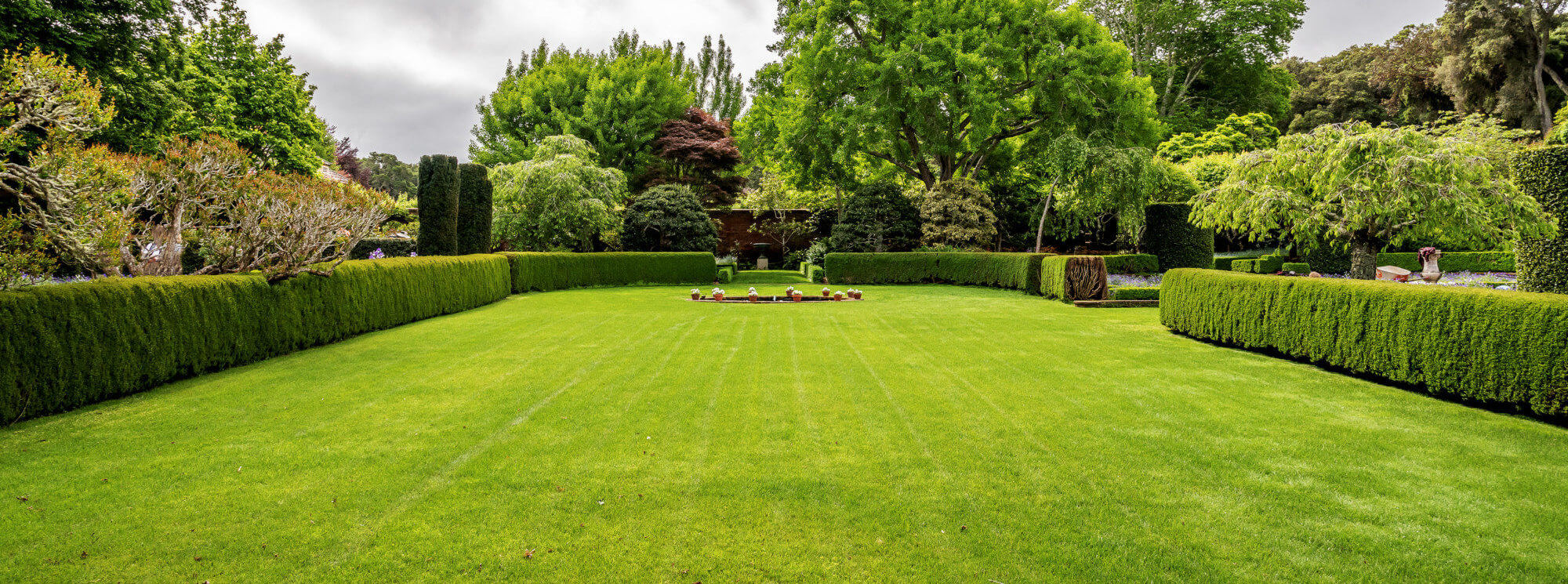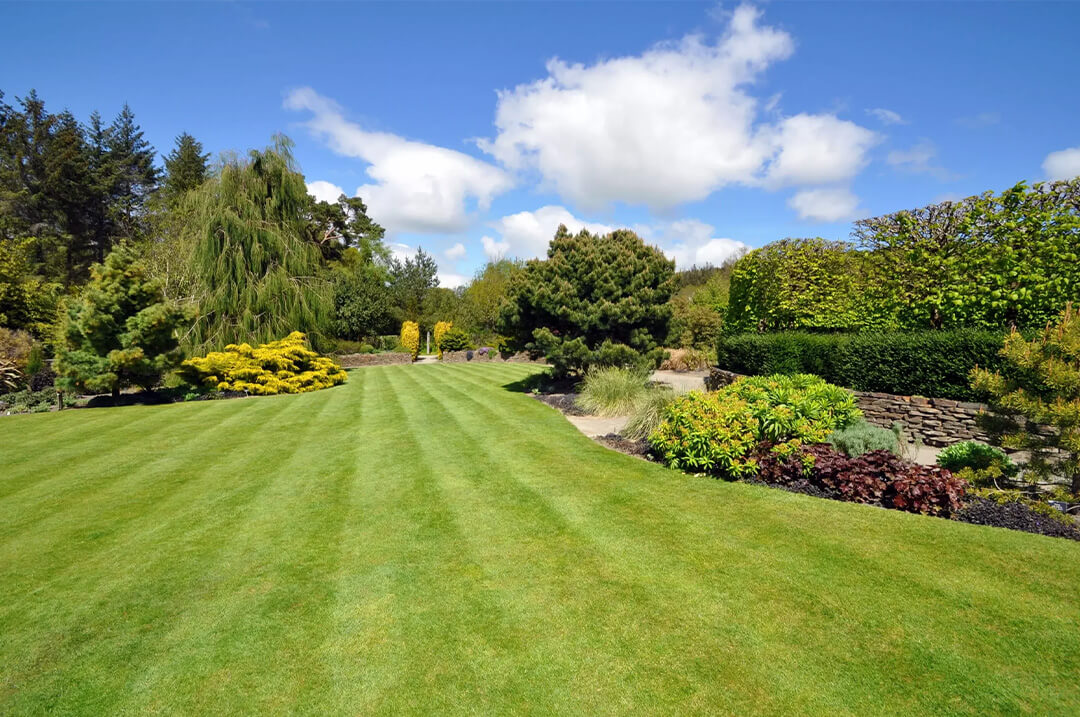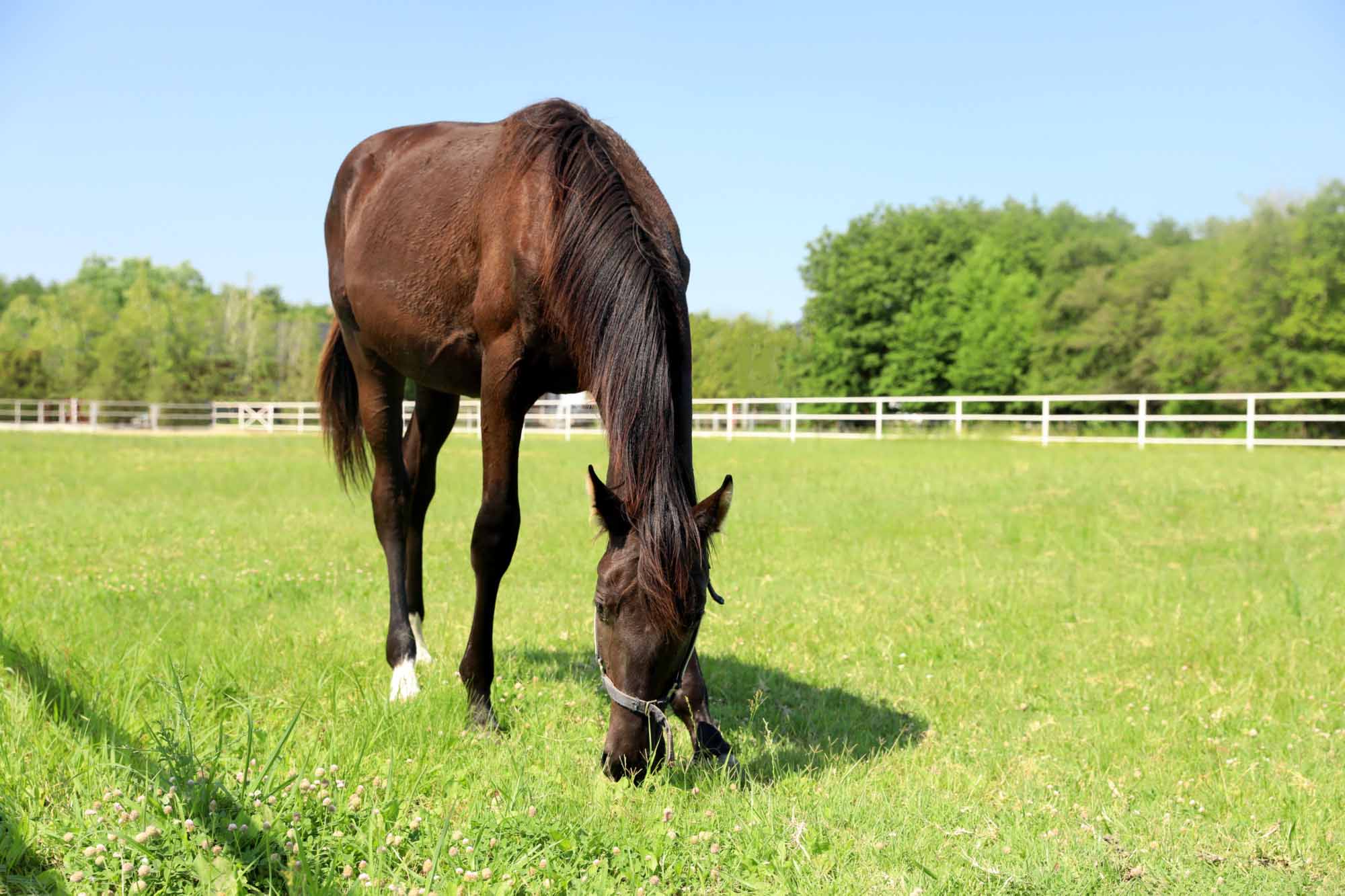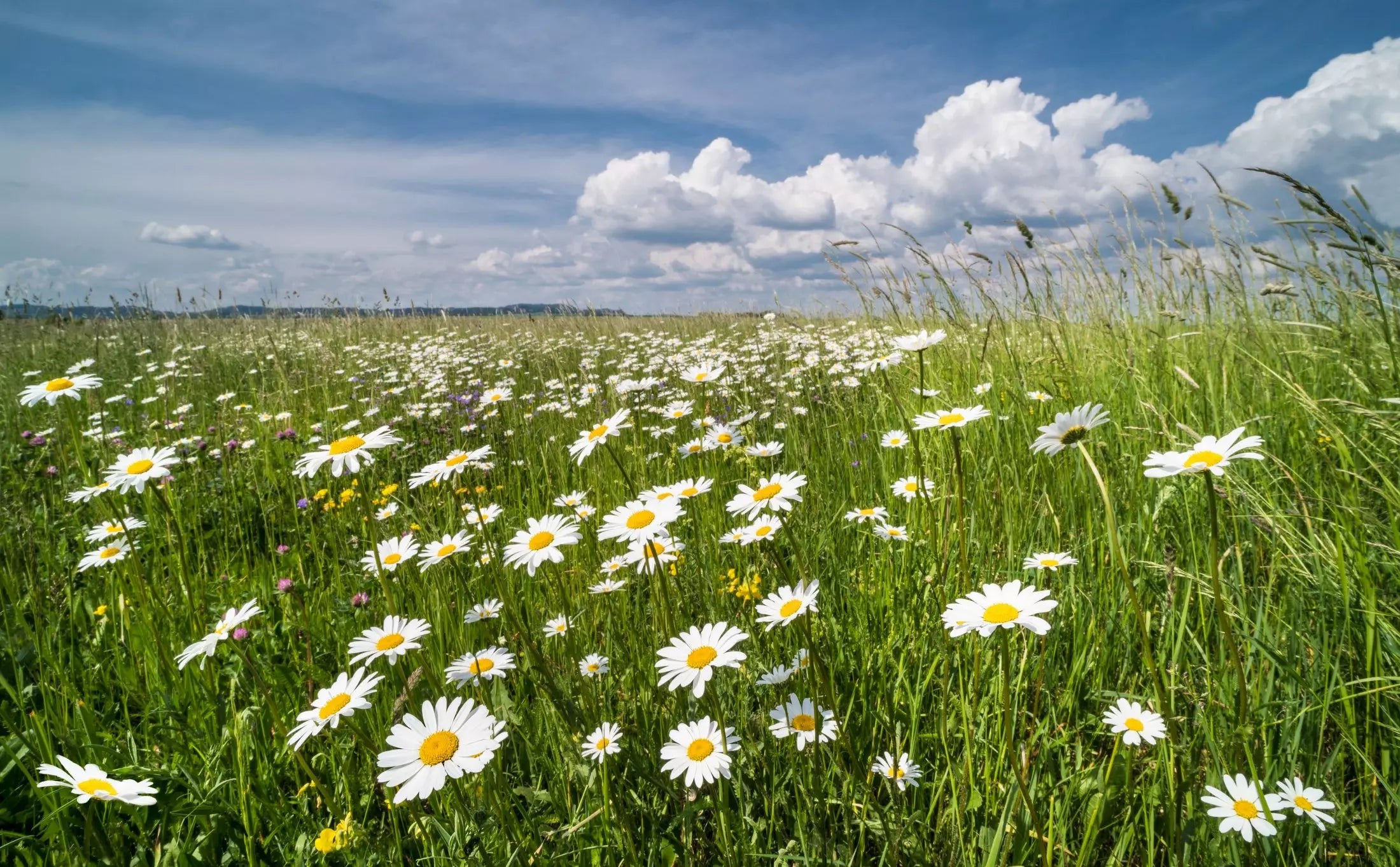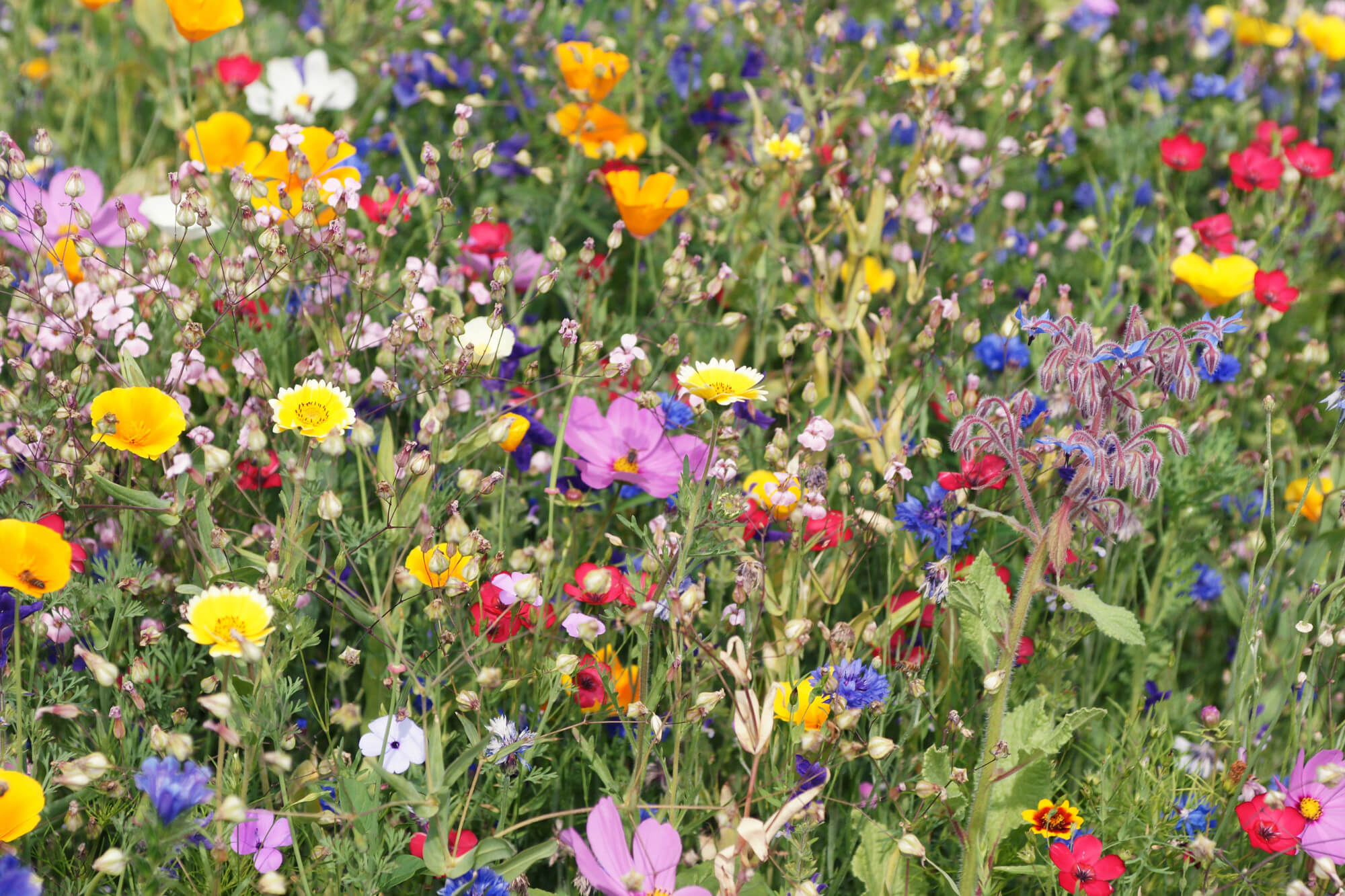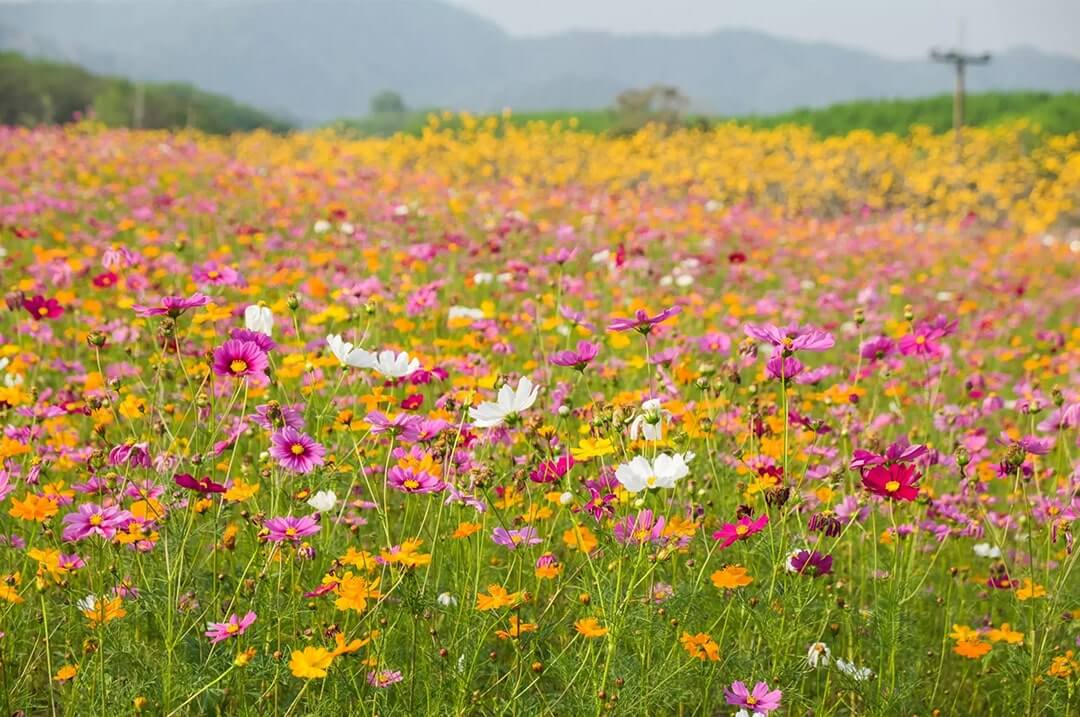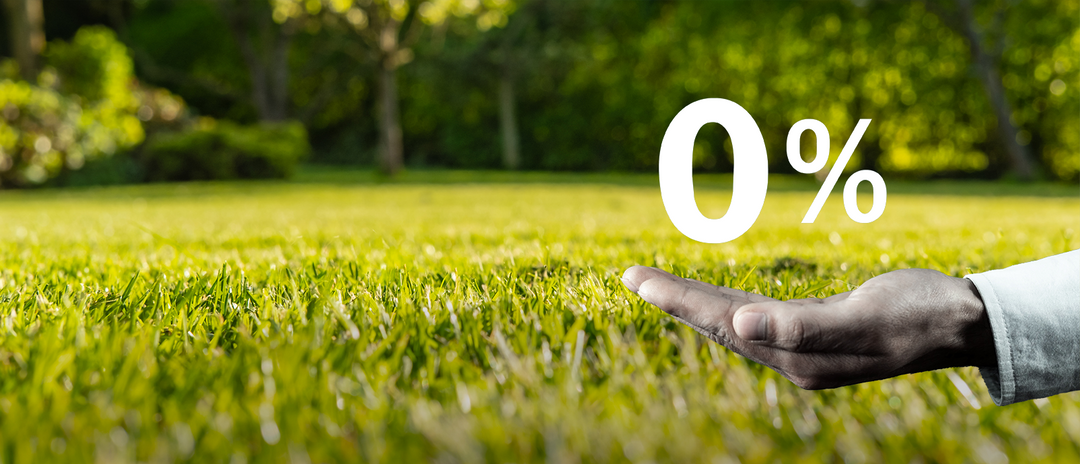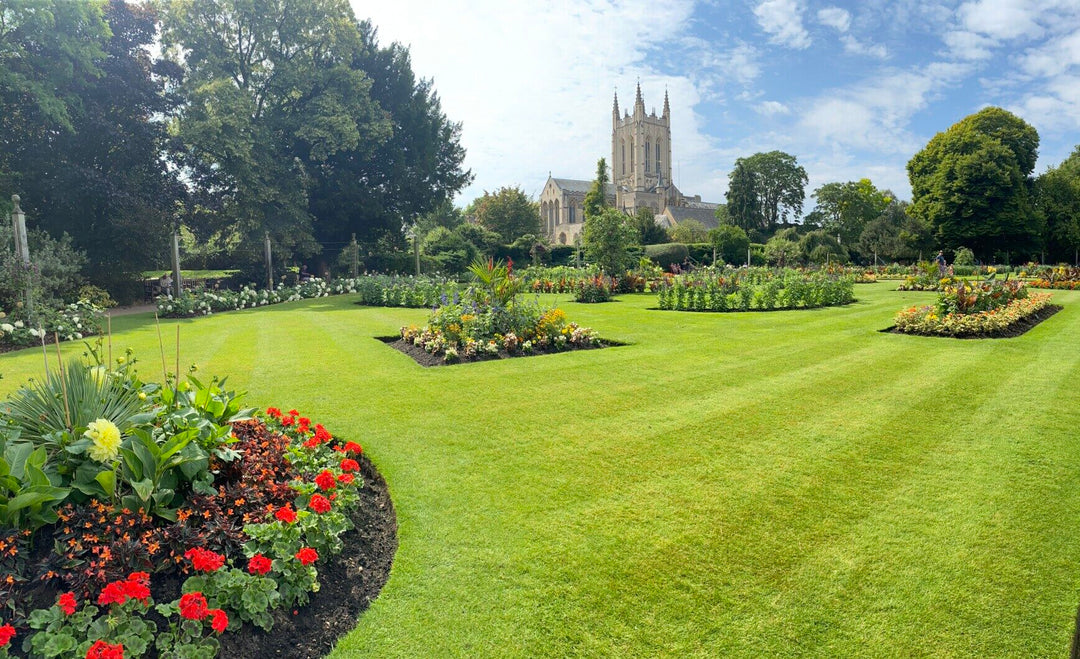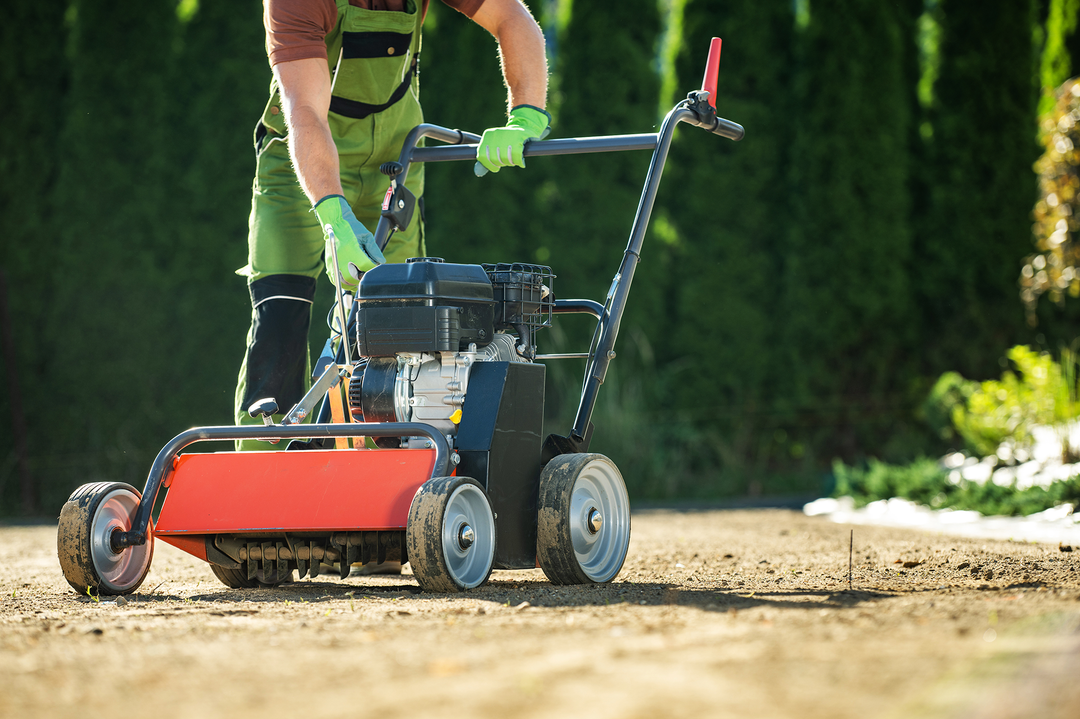As the days grow shorter and temperatures begin to drop, many homeowners with question is it too late to sow grass seed? The race against the clock to establish a lush, green lawn can be daunting, especially when faced with the changing seasons and unpredictable weather patterns. Understanding the timing and conditions for planting grass seed is crucial for achieving a healthy lawn.
Different grass types have varying requirements regarding soil temperature and germination period, making it essential to know when to plant them. Factors such as the frosts and the specific grass varieties available can determine whether efforts will be fruitful or futile. Therefore, it’s important to explore the latest possible window for planting each type of grass seed.
In this article, we will delve into the nuances of sowing grass seeds late in the season, examining the optimum planting times for various grass types, addressing concerns about frost, and ultimately guiding you through the best practices for success even as winter approaches.
When is the latest you can plant grass seed?
Determining the latest time to plant grass seed hinges largely on soil temperature and weather conditions. For cool-season grasses like perennial ryegrass, the soil temperature should be upwards of 7-8°C. The ideal time is usually mid-spring or late summer to early autumn when both soil and air temperatures are optimal for seed germination.
Consider the weather forecast and use a soil thermometer if available to test soil readiness. A firm indication is when daytime temperatures are consistently moderate, and nighttime temperatures do not dip too low. If winter looms and temperatures drop, it may be too late to plant. Thus, timing is crucial in ensuring a successful lawn from seed.
Soil Temperatures for Grass Seed Germination
The soil temperature requirements for grass seed species are crucial for successful germination. While soil temperatures might be suitable during the day, cooler nighttime temperatures can delay germination. Additionally, lower temperatures and reduced daylight can slow growth, even if seeds do manage to sprout.
Is it too late to sow Perennial Ryegrass grass seed?
Perennial ryegrass germinates quickly, taking just 5 to 10 days under ideal conditions. It can be sown in November if the weather is mild. However, cooler temperatures can extend germination times significantly. For optimal results, soil temperatures should remain around 7-8°C.
Latest time to sow Red Fescue seed?
Red Fescue thrives when planted earlier in the autumn. It's advisable to sow this grass seed by mid-October, especially in cooler regions or in wet soils, to ensure dependable germination. Sustained soil temperatures of about 11°C are required for successful germination, making late-season planting less reliable due to unpredictable weather.
Latest time to sow Bent grass seed?
Bent grass seed benefits from planting between late summer and mid-autumn, utilizing warm, moist soil for germination. If missed, mid-spring is another option, although it demands regular watering. The required soil temperature for germination is 15°C, applicable from late April to early October in the UK, depending on weather conditions.
Latest time to sow Tall Fescue seed?
Tall Fescue requires soil temperatures above 15°C for germination and is best sown between late April and early October in the UK. Planting within this timeframe ensures warm soil conditions, promoting optimal seedling establishment.
Latest time to sow Smooth Stalked Meadow Grass (Kentucky Bluegrass) seed?
Kentucky bluegrass's (Sooth Stalked Meadow Grass) slow germination, taking 14 to 30 days, poses challenges for late autumn planting. It requires very warm soil temperatures, typically above 20°C, necessitating sowing between late May and September to ensure successful growth.
What is the soil temperature now?
Right now at the start of November at our office in Suffolk, the soil temperature is 11.3°C. [caption id="attachment_22988" align="aligncenter" width="249"] Soil temperature reading at the start of Novemebr in Suffolk, UK.[/caption]
Soil temperature reading at the start of Novemebr in Suffolk, UK.[/caption]
Is it too late to sow a grass seed mixture?
When considering the latest time to sow a grass seed mixture, it’s essential to focus on the type of grass and the current weather conditions. For late sowing, choose a mixture containing perennial ryegrass. This grass species is hardy and can germinate into late autumn, typically into November, depending on soil temperature and air temperatures.
Other grass species in the mix may not germinate until the following spring when soil conditions become favorable. To ensure the best results, check the weather forecast for consistent daytime and nighttime temperatures that do not dip too low, as cooler conditions can delay germination.
Grass seed can remain dormant in the soil for extended periods, provided the ground is not overly saturated. This makes it viable to plant grass seed later in the season, as long as the soil is well-drained. Use a garden fork to aerate the soil and improve seed-to-soil contact, promoting successful germination. By selecting the right grass seed mix and monitoring weather conditions, you can confidently sow grass seed well into late autumn.
What if I get frost on my new grass?
Young grass plants in the UK generally handle frost without significant issues. These hardy seedlings can withstand cold temperatures as long as they are not subjected to extreme and prolonged Arctic conditions. This resilience makes it unlikely for frost to cause substantial harm.
The primary concern with frost is the potential damage from walking on a frosty lawn. When frost covers the grass, it can cause the blades to become brittle and more susceptible to breaking under pressure. Therefore, it is advisable to avoid stepping on the lawn during frosty mornings to protect the grass from damage. Following these precautions ensures your new grass remains healthy and continues to thrive.
Does frost kill grass seed?
Frost itself does not kill grass seed, but it can lower soil temperatures and slow down the germination process. When the soil temperature drops, the chemical reactions necessary for grass seedlings to sprout are delayed. This can lead to longer germination times or unsatisfactory growth.
To successfully germinate grass seed in areas prone to frost, timing your planting is crucial. For most grasses, late summer to early autumn is ideal. This gives the seeds time to establish before frost sets in.
Monitoring weather conditions and soil temperatures is essential. Daytime and nighttime temperatures, alongside accurate weather forecasts, can help determine the best time to plant grass seed. Additionally, using a grass seed mix suitable for your climate and considering a protective covering can shield seedlings from harsh conditions. Preparing the soil with proper lawn care practices, like using a garden fork to aerate, will also enhance the chances of your lawn from seed thriving.
Best grass seed for winter?
Choosing the right grass seed for winter is crucial for successful germination and a healthy lawn. A blend containing annual ryegrass, particularly varieties like SOS developed by Barenbrug, is ideal for winter sowing. These seeds can germinate in temperatures as low as 4 degrees Celsius, making them suitable for the colder months.
To ensure longevity, these ryegrass seeds are often mixed with perennial ryegrass. While the latter germinates more slowly, it provides a lasting solution for your lawn. However, it's important to avoid using tetraploid perennial ryegrasses during winter as they do not germinate well in lower temperatures.
Here’s a quick summary:
|
Grass Type |
Germination Temperature |
Longevity |
|---|---|---|
|
Annual Ryegrass (SOS) |
As low as 4°C |
Short-term |
|
Perennial Ryegrass |
Requires higher temps around 8°C |
Long-term |
Selecting the right blend will help you achieve a resilient lawn even during the colder months.




